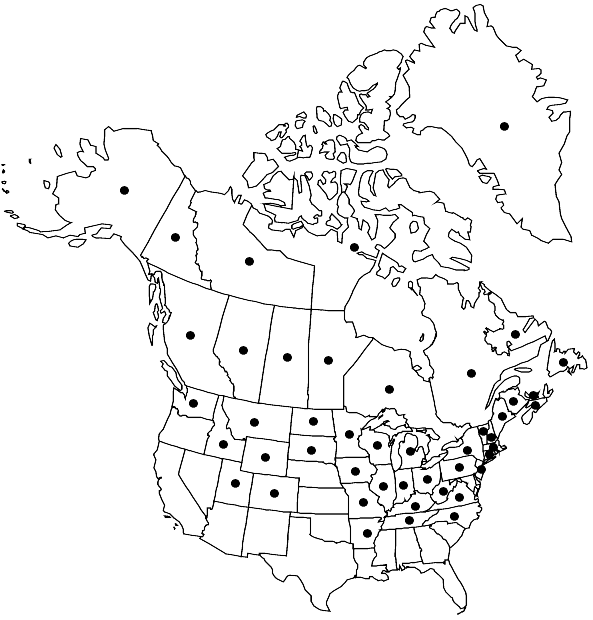Difference between revisions of "Encalypta procera"
Abh. Math.-Phys. Cl. Königl. Bayer. Akad. Wiss. 1: 283. 1832,.
FNA>Volume Importer |
imported>Volume Importer |
||
| (5 intermediate revisions by 2 users not shown) | |||
| Line 29: | Line 29: | ||
-->{{#Taxon: | -->{{#Taxon: | ||
name=Encalypta procera | name=Encalypta procera | ||
| − | |||
|authority=Bruch | |authority=Bruch | ||
|rank=species | |rank=species | ||
| Line 42: | Line 41: | ||
|publication year= | |publication year= | ||
|special status= | |special status= | ||
| − | |source xml=https:// | + | |source xml=https://bitbucket.org/aafc-mbb/fna-data-curation/src/2e0870ddd59836b60bcf96646a41e87ea5a5943a/coarse_grained_fna_xml/V27/V27_221.xml |
|genus=Encalypta | |genus=Encalypta | ||
|species=Encalypta procera | |species=Encalypta procera | ||
Latest revision as of 21:25, 5 November 2020
Stems 40–80 mm; central strand small. Leaves broadly ovate to elliptic, lingulate or narrowly spathulate, 2.5–5 mm; apices broadly acute to obtuse, sometimes cucullate, mucronate or occasionally short hair-pointed; one or both margins recurved from base to distal portion of leaf; costa ending before apex, percurrent or occasionally short-excurrent in distal leaves, abaxial surface smooth distally; laminal cells 12–18 µm; basal cells 30–90 µm, smooth; basal marginal cells not distinctly differentiated. Specialized asexual reproduction by rhizoidal gemmae, in tufts on stems, filamentous, branching, brown, smooth. Seta 12–20 mm, reddish brown. Capsule 2–4 mm, spirally ribbed, brown to brownish yellow, exothecial cells linear, walls thickened along ridges; peristome double, teeth 16, reddish yellow, linear, 1 mm, papillose, endostome teeth linear from high basal membrane, adhering to exostome, papillose; operculum 1.5–2 mm. Calyptra 4–8 mm, lacerate at base, papillose. Spores 14–24 µm, granulate, brownish green.
Habitat: Calcareous soil and rock, crevices and ledges
Distribution

Greenland, Alta., B.C., Man., N.B., Nfld. and Labr., N.W.T., N.S., Nunavut, Ont., P.E.I., Que., Sask., Yukon, Alaska, Ark., Colo., Conn., Idaho, Ill., Ind., Iowa, Ky., Maine, Mass., Mich., Minn., Mo., Mont., N.H., N.J., N.Y., N.C., N.Dak., Ohio, Pa., S.Dak., Tenn., Utah, Vt., Va., Wash., W.Va., Wis., Wyo., n Europe, Asia (Japan, Russia).
Discussion
The copious filamentous brood bodies, covering the stem in sterile plants or only on the lower stem of fertile plants, will quickly identify Encalypta procera in North America, which includes specimens identified as the Old World species E. streptocarpa Hedwig, now excluded. The capsules of E. procera are spirally ribbed with a long, double peristome. Vegetative leaves are generally mucronate and somewhat cucullate, but some plants have leaves with short awns at the apex associated with the generally awned perichaetial leaves.
Selected References
None.